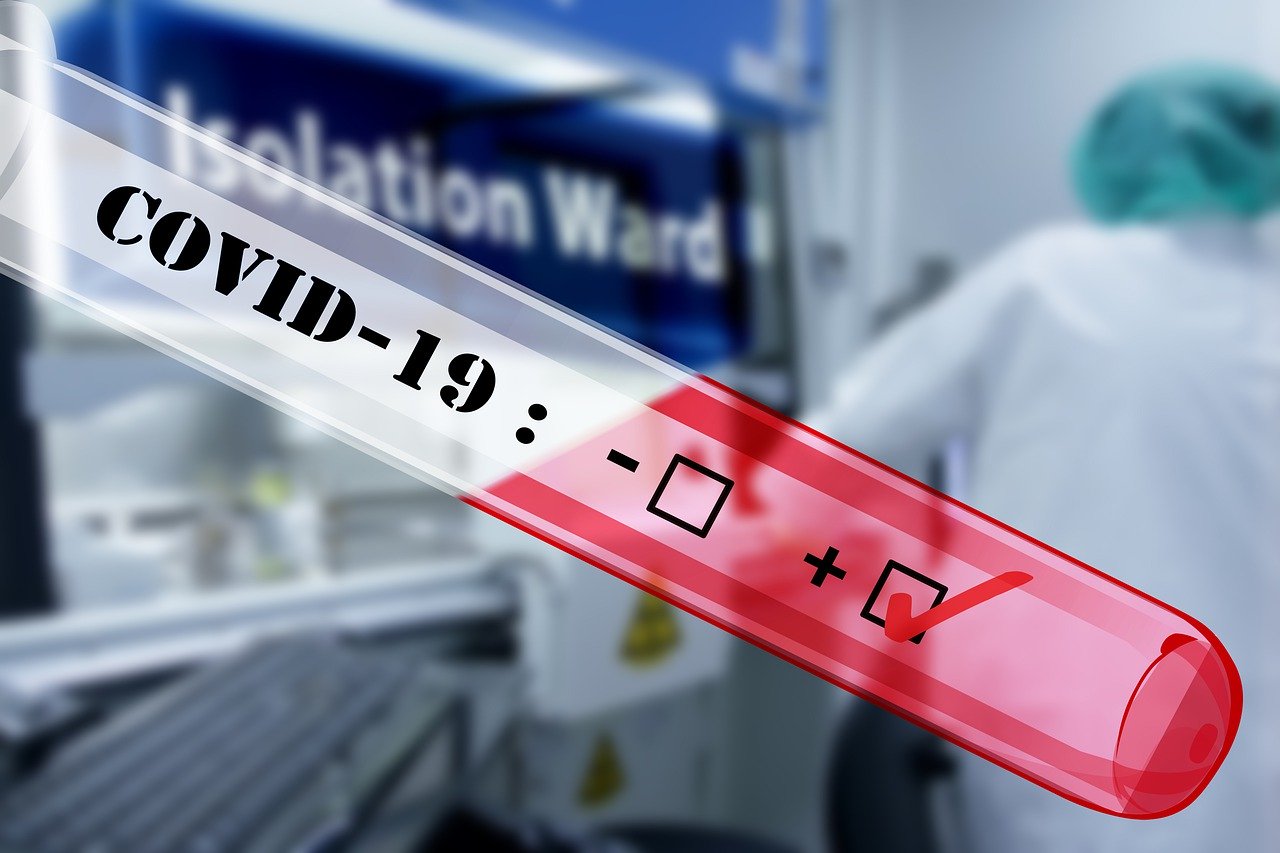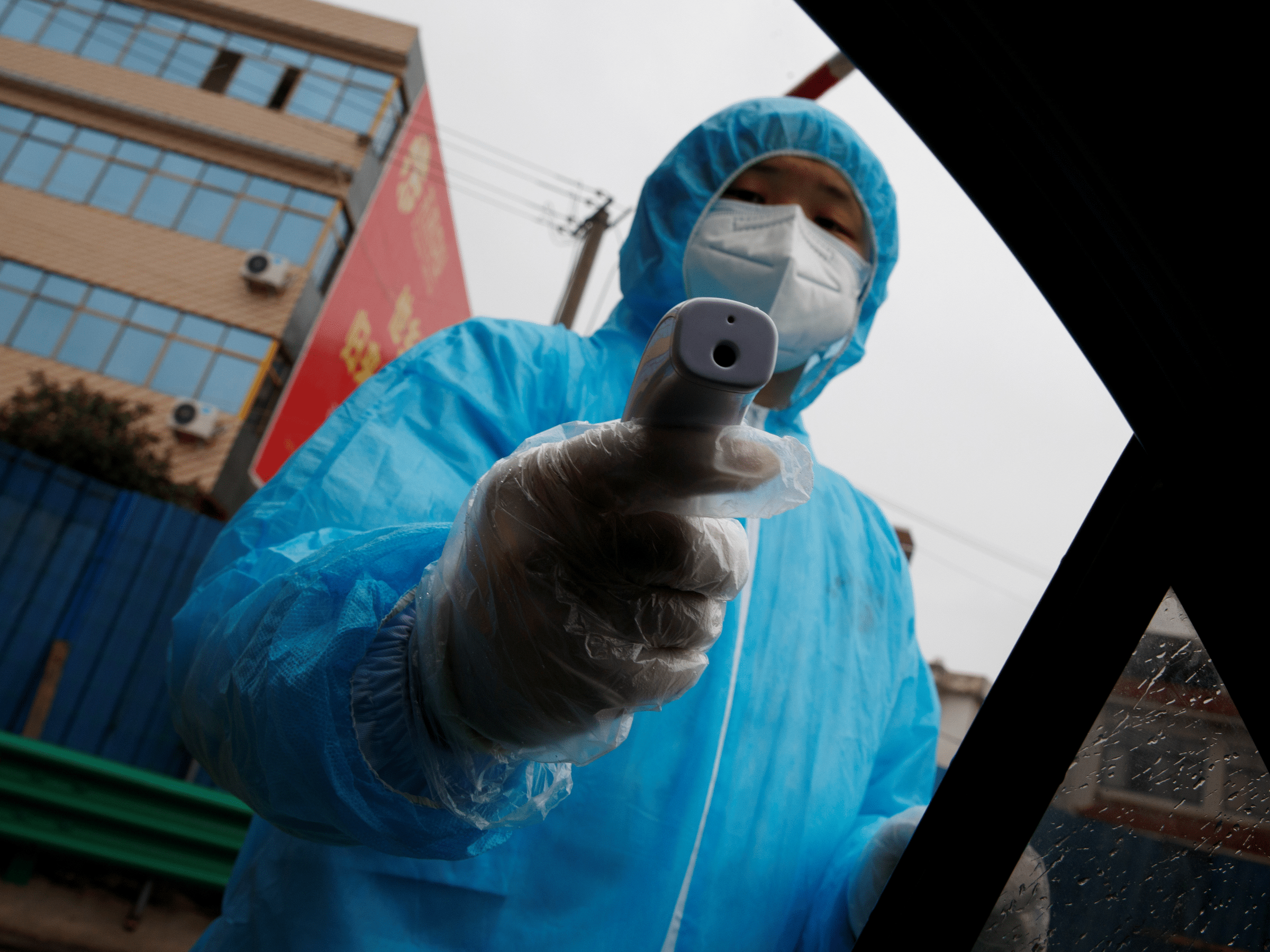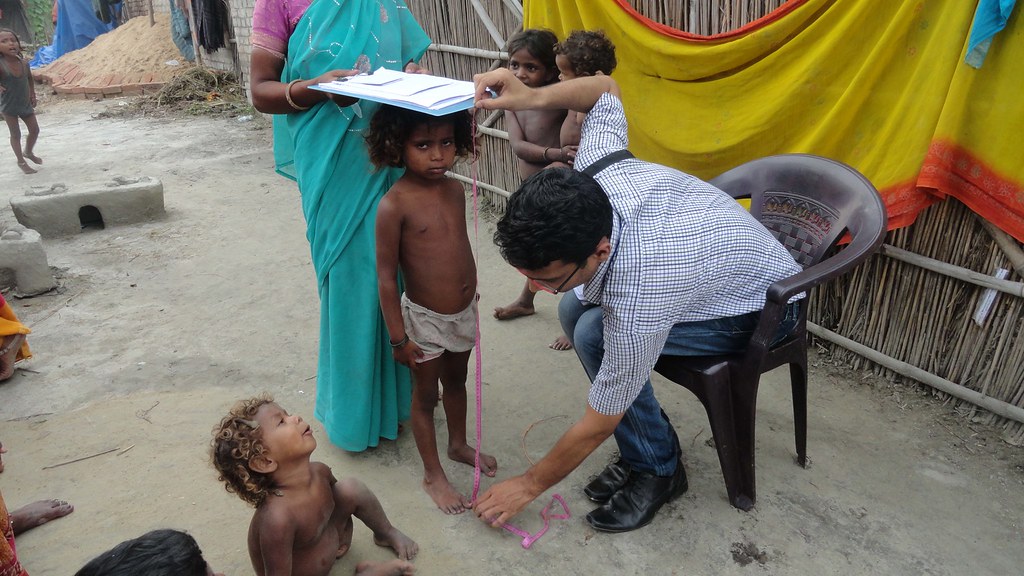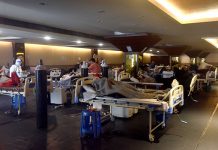I am not an economist and I know very less about virology or epidemiology. So my views on the present crisis and applicability of them are highly restricted. We cannot circumvent this restriction as over the years all disciplines of science and social sciences have become extremely compartmentalised. This compartmentalisation has led to experts of very narrow areas. For example, a professor of condensed matter physics, does not know much about particle physics or a cardiologist hardly knows anything about leprosy. Sometime this compartmentalisation may be of help, but not always.
Probably, we are in a situation, where this compartmentalised knowledge is causing a great problem. Economists are giving opinion without considering the science behind the lockdown (say, COVID19 virus is different in nature from the earlier viruses of the same family, and the fact that R0 factor which provides a quantitative measure of how many new infections are expected to originate from an existing infection, is a local parameter and would depend on many social practices, like if a toilet is used by more than one person, the toilet is of Indian style or of Western style), scientists are recommending strict lockdown and a lot of tests without considering its practical feasibility and impact on economy; biologists and chemists are trying to design vaccine and/or drugs without collaborating with the physicists and computer scientists who may play an important role in identifying the correct molecule; politicians and local authorities are making a political mixture of the recommendations of scientists and economists keeping the vote bank in mind.
Furthermore, policy makers and funding agencies of different countries are encouraging compartmentalised research by creating many independent verticals for research related to COVID19 and by announcing various call for proposals for individual-centric or a research group-centric small research projects.
Such isolated, small and compartmentalised initiatives are expected to lead to many research papers, but perhaps these projects will not lead to the solution of the main problem. To avoid such an undesired effect of compartmentalised knowledge we need to work together. This article aims to elaborate this point and argue for a big team effort, if not global at least a national effort where the best brains and hands across different disciplines would work together, somewhat in an analogy with the notorious Manhattan project, where the atom bomb was built.

Vaccine designing and drug designing are two independent, but closely related aspects of research. There are other important aspects of research related to COVID19, but to begin with let me try to lucidly describe a bit of science associated with the problem of vaccine and/or drug designing from the perspective of a physicist. To a physicist, COVID-19 or any such big virus is actually a big molecule as everything is made up of carbon, hydrogen, nitrogen, etc. Now this big molecule has some active sites, which will interact with the cells in the body and cause the damage. So to stop that you need to find another molecule, either a drug (given after a person is infected) or an antibody molecule created by a vaccine (given before the occurrence of infection and creates the antibody molecule) which interacts with the big virus molecule (may join at active sites) and modify/fold it in such a manner that it will stop interacting with the body cells or will interact in a milder manner.
Thus, the task in hand is to look for molecule(s) which can do the above described task(s) without causing excessive side effects. Once a molecule is identified, you need to go through clinical trial and such time consuming processes. But the question is in first place is: how to identify such a molecule? There are various ways, one is to try with the existing drugs (let’s try all possible drugs not just hydroxychloroquine, remdesivir or Sepsivac), but not directly on patients, rather as a computational problem that would simulate the interaction between the drug molecule and the virus molecule.
If we can use an existing drug, the time required for the study of side effects will be less. However, existing drugs may not work (in fact there is a possibility that there does not exist any vaccine at all), and we may need to apply artificial intelligence or machine learning to look for a new drug/vaccine. Sounds good, but it requires huge computational resources and it cannot be done in small computers within any reasonable time frame.
In the language of computation this problem is analogous to a problem called protein folding which is so hard that even a supercomputer will take thousands of years to solve it. Such problems are called NP-hard in the language of computer science. The problem is easy to understand, but difficult to solve.
In nature everything goes for minimum energy configuration, that’s why an apple falls down. Protein is a long molecule consisting of many atoms and these atoms (visualize them as small balls) are connected by some hypothetical springs called bonds, length of these springs and angle between the adjacent springs are such that the total energy of the protein molecule is minimum. Now if we drop the protein in a liquid, the protein molecule interact with the liquid molecule and reconfigure itself very quickly to a new configuration (different spring sizes and angles) where the energy is minimum. In nature it happens in fraction of seconds, but even if all the supercomputers are employed to find this new configuration it will take thousands of years for a big protein. Thus the problem is doable in nature, but not doable in reasonable time with the current resources. We elaborate on this as the drug designing problem is closely related to it. In fact, drug\vaccine designing demands huge computational resources and expertise in computer science, physics and chemistry. Two futuristic computational approach DNA computing and Quantum Computing can be of help in reducing the time required for the simulation of big molecules. If a scalable (large) quantum computer and\or a DNA computer can be built it will be easier to solve the associated optimization problem and thus efforts in that direction needs to be encouraged.
Earlier, IBM Blue Gene, a supercomputer, was used to understand/model the mutations of influenza virus; recently, Sibylla Biotech, an Italian Biotech company has claimed to identify 35 potential drug molecules, and has also claimed that they have discovered, “one structural drug discovery target, showing two potential drug binding pockets in the intermediate folding structures of ACE2, a protein normally found on the surface of lung cells (and of other organs such as heart and gut), exploited by the SARS-CoV-2 virus as its entry gate to the cell”. The question is: How do Sibylla researchers performed the task? They have used, computing resources of Italian National Institute of Nuclear Physics (INFN), where the computational resource was developed for research on nuclear science. Such computational facilities and approach are also useful in identifying possible mutations of the virus. Here it’s important to note that a mutation that goes to next generation is one which reduces the total energy of the virus molecule, a drug molecule will make a compound with the virus if and only if the energy of the compound formed is lesser than the sum of the energies of the individual molecules. So the computational approach described above would require computation of energy of the molecules and the same is done by solving a famous equation of quantum mechanics called Schrödinger equation. You cannot solve it exactly for such big systems and you need to make approximations, to understand such thing, you need physicists and quantum chemists, to run the computational facility and design codes you need computer scientists, and finally as domain experts you need virologists, doctors, biotechnologists and various other experts including electronics engineers.
The problem is that the experts of different fields don’t speak the same language (in different meeting with biologists in last one month, we faced difficulty in understanding each other, although we speak English, our terminologies are different). In short, we need that huge computational facilities available with NASA, ISRO, CDAC, ANURAG, Meteorology department, etc., should be directed for now towards the vaccine designing. Best physicists, chemists, biotechnologists, computer scientists should work under same roof to understand each other and to solve the problem by designing a vaccine or a drug. Further, data of existing patients should be collected in uniform manner (required field should be provided by the researchers) and kept open for research without disclosing the identity of a particular patient. The bigger the data set, the easier would be recognise the pattern. For example, an Artificial Intelligence based too has already been developed which can predict which COVID-19 patients would develop acute respiratory distress syndrome (ARDS). This may help in planning resources appropriately, but to design such tools one need computer scientists and access to relevant data. Further, it’s desired that all the data of failure and success in treatment, physical parameters of the patients noted during the treatment, etc. should be shared globally for scientific research. As I mentioned a project is needed somewhat in analogy to the ill-famed Manhattan Project. Now what should be the role of economist in that project? Well, I am not clear but they can convince Government that this investment is needed to save other investments.
Here it would be apt to note that it was economics which is partially responsible for the delay in the starting of the search for vaccine. Specifically, earlier many viruses created havoc, and disappeared in the summer months and never returned again.
Consequently, pharmaceutical giants thought it will not be a good idea to invest on the vaccine designing as COVID19 may not come back next year. Short-term business thinking is now causing harm to all kinds of businesses, economists need to look into this aspect, too and advise accordingly. Further, if they be part of a global project and talk to scientists, understand our language and help us to understand their calculations, it will be of help to mankind. Finally, to the best of my understanding, I see that all scientific projects discussed recently are looking for a quick and short-term solution, we need to go beyond that and create one big project with all the computational facilities available (may be in cloud), clinical and pharmaceutical setups and experts from various disciplines working under one roof.
Professor Anirban Pathak is a theoretical physicist. At present he is a professor of Physics at JIIT, Noida. He is actively involved in teaching and research related to several aspects of quantum physics and science popularization activities. He is a recipient of 2017 Shri O. P. Bhasin Award in the field of Electronics and Information Technology.











